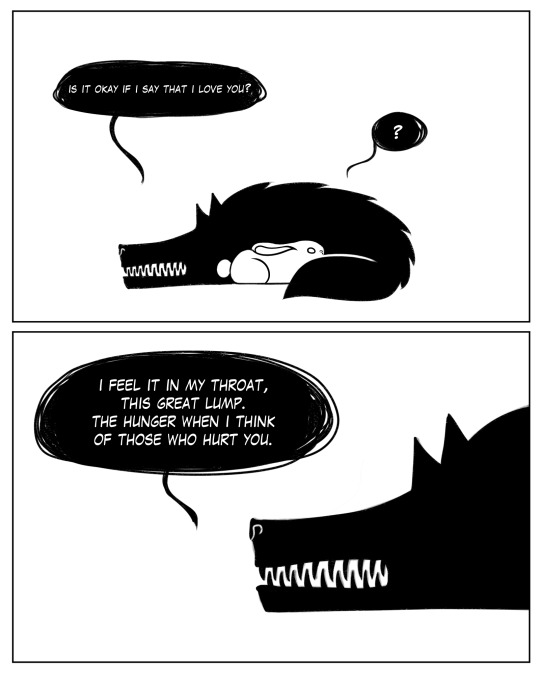I’m Taliesin! I have weird magical experiences and shit, I guess, I dunno.I honor a being known only as “Lazu” or, more recently, “Bard”. He is associated with Life, Death, and Time, as well as balance. He is also a trickster and a powerful shapeshifter. If you know anything about existing beings by this name and description, please let me know. I would love to compare notes with someone else.
Don't wanna be here? Send us removal request.
Note
4/10??? Mostly because I could swear you said something about how violence should remain to some degree post-anarchism and I'm intimidated by what you mean by that cos like, I would hope once all systems of oppression are gone, there'd be no violence anymore. But! It's only 4 because I know I definitely don't have the whole picture, surely didn't know how/what you meant, and am willing to hear you out sometime about that
Oh no yeah, that's totally a thing I believe.
Violence will exist in Anarchy; Anarchy demands it.
Aside from the suppression of the State, Capital, and heirarchies, violence will have to remain an active part of Anarchy in part for strategic reason; the smashing of the State is the reclaiming of violence that has been monopolized by it. Part of being a citizen is to be alienated from your own ability to commit violence; to outsource your violence to the State. The existence of the police is a direct cause of that, as well as the courts, jails, and borders. As citizens we outsource our protection to these entities and never fully learn to wield it. So we must do just that. And as a result, to maintain Anarchy, we mustn't outsource our violence. In this manner violence is practical as well as strategic.
To exist is violent. Existence is violence.
Every action is violence for reason that action is a dialectic; to exist is to destroy non-existence, to talk is to destroy silence: violence is the ability to limit one's options or choices. "The urge to destroy is, indeed, a creative one."
The difference is that violence in Anarchy will be available to all, it will take a communal character for the benefit of the individual.
I'm sorry if this is all very stream-of-consciousness and I'm losing you, I've been working on this for a while now, but basically;
You want Anarchy? Well buddy, yer gon'a have to fight fer it.
137 notes
·
View notes
Photo
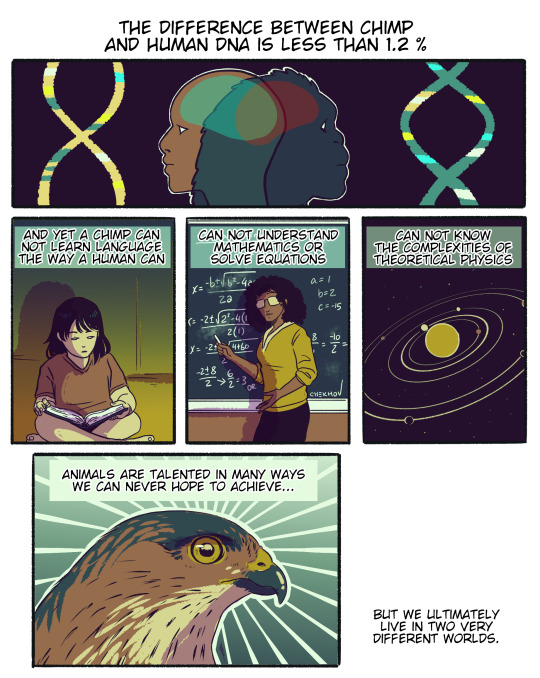
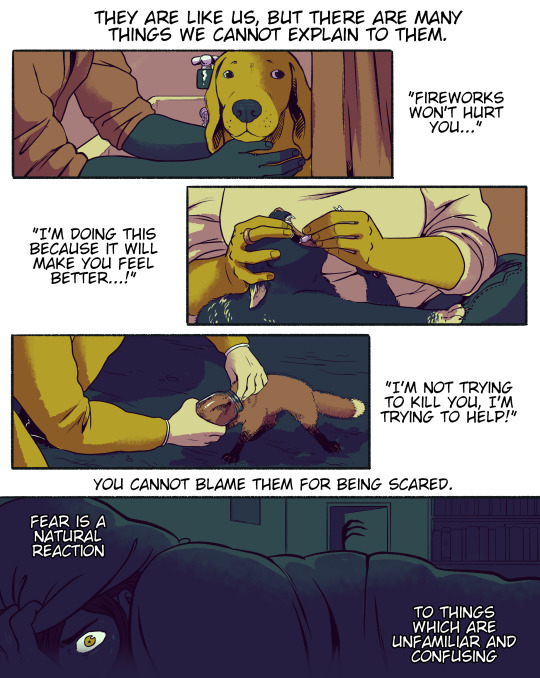

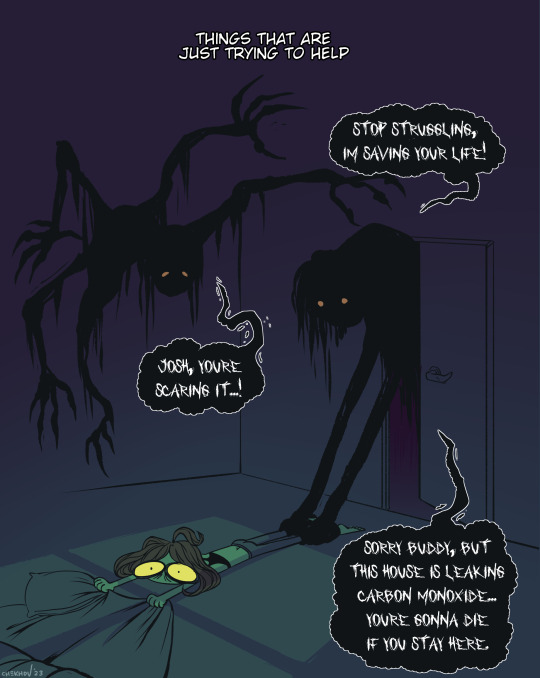
if you think about it, every time we tranquilize animals to transport them safely to another place, we are the sleep paralysis demon
166K notes
·
View notes
Text
i love those blinking red lights they put on top of radio towers and windmills and skyscrapers etc, theyre like electronic flowers or something to me
127K notes
·
View notes
Text
Alban Hefin
Midsummer - Litha

Shore
The Summer Solstice feast in Druidism is called Alban Hefin, which means "The Light of the Shore". Druidism has a great respect and special reverence for the pivotal moments that separate the worlds. The shore precisely symbolizes one of these intermediate spaces, both of separation and meeting between the three kingdoms of Earth, Sea and Sky. Great power is attributed to places such as this.
This is the time of greatest daylight, when the Sun god is recognized by the Goddess as the King of Summer. At the same time, this leads to a certain sadness because from this moment until Alban Arthan - Yule (the power of the sun will decrease and we will then enter the declining part of the year. For some it is the beginning of the era of the Black Twin or Holly King who has just been born and who will see the apogee of his reign in Alban Arthan.
Among all the festivals, it is that of Alban Hefin which seems the most representative of Druidism. The iconic characters in white robes filmed during the rituals celebrated at dawn at Stonehenge are associated with it. Yet for Druids it is more a question of celebrating the turns of the seasons and the cycle of life, death and rebirth – represented in their entirety by the Wheel of the Year.

Druids at stonehenge
The Summer Solstice is the time when daylight is at its maximum and nature offers us the full magnificence of its colors and scents. In Druidic lore it is the moment of Alban Hefin which means "Light of Summer" or "Light of the Shore".
In Alban Hefin the spiral of the year has reached the ultimate goal of its course and the days are then the longest. After the June 21-22 solstice, the power of the sun begins to wane and the days begin to get shorter. The sun has reached the northernmost point on the horizon and is preparing to begin a long descent southward to end at the Winter Solstice, Alban Arthan, located in mid-December in the northern hemisphere. In the Southern Hemisphere, the Summer Solstice falls on December 21 or 22, when the sun reaches the southernmost point on the horizon.


Pic 1-Summer Solstice Festival at Stonehenge - Article by the Guardian
Pic 2-Stonehenge at the Summer Solstice
The Summer Solstice was a major event for the Proto-Druids of the Late Stone Age, who built magnificent alignments of megaliths, located in the axis of sunrise at this precise moment. In the south-west of England, tradition traces these ritual practices back to the time of the Stonehenge temple - almost 5,000 years ago - and makes them last through the Bronze and Iron Ages until our modern age. Nowadays, many druidic orders, including the Order of Bards Ovates and Druids, do not fail to meet there to venerate the first rays of the sun reaching the sacred stones at this precise moment.
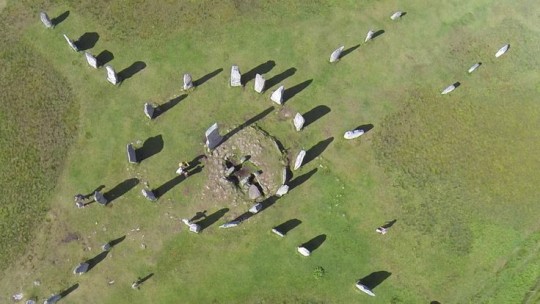
Callanish Stone Temple
Another remarkable stone temple dedicated to the Summer Solstice is that of Callanish, on the Isle of Lewis, in the Outer Hebrides. There, four rows of stones, erected in the four directions from a central circle, draw a Celtic cross in the landscape, and form an astronomical observatory aligned with the sunrises and sunsets of the sun during the solstices as well as those of the equinoxes. . And Callanish is so far north that there is no night at all on the summer solstice.

Midsummer Bonfire in Cornwall
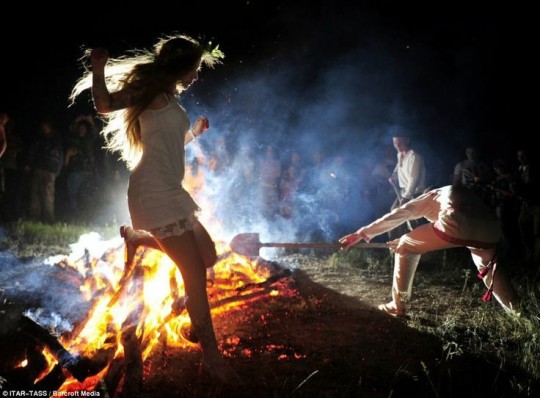
Jump over the fire
In Cornwall and Wales, boys and girls, adorned with crowns of flowers, came to dance in circles around large fires. Young men twirled burning firebrands around their heads to form circles of fire reminiscent of the sun and balanced burning barrels suspended from the tops of poles, or engaged in demonstrations of feats such as jumping through big flames—perhaps to encourage the wheat to grow taller too. When the flames were no more than glowing coals, the dancers held hands and jumped over them, taking care not to break the chain, which would have brought bad luck. The ashes having then acquired magical powers, the farmers collected them carefully before spreading them around their fields and their stables. These ancient fire customs endured into modern times and are still practiced in Cornwall today, thanks to the notable efforts of the Society of Old Cornwall dedicated to the preservation of traditional customs. On Midsummer's Eve, every peak in Cornwall is ablaze, each like a beacon of light that can be seen for miles around, as it used to be in ancient times, while in the towns farandoles of dancers meander spiraling through the streets to recall the old traditional dance.
That same night in County Limerick, Ireland, people were ascending in procession the hill of the Fairy Queen Aine, whose name means "Light", and who was probably a goddess connected with the female aspect of the sun. They set fire to sheaves of straw and hay called cliars and waved them over the fields and livestock to ensure good harvests and good health for the animals. When the top of the hill was fully ablaze, Aine and her fairy tribe would then come out to join the party.
The Summer Solstice was one of the three spiritual nights of the year, the other two being Beltaine and Samhain. The veil separating the worlds becoming extremely thin on this occasion, the fairies and ghosts left their territory, making themselves then easily visible to all those endowed with sensibilities and receptivities.
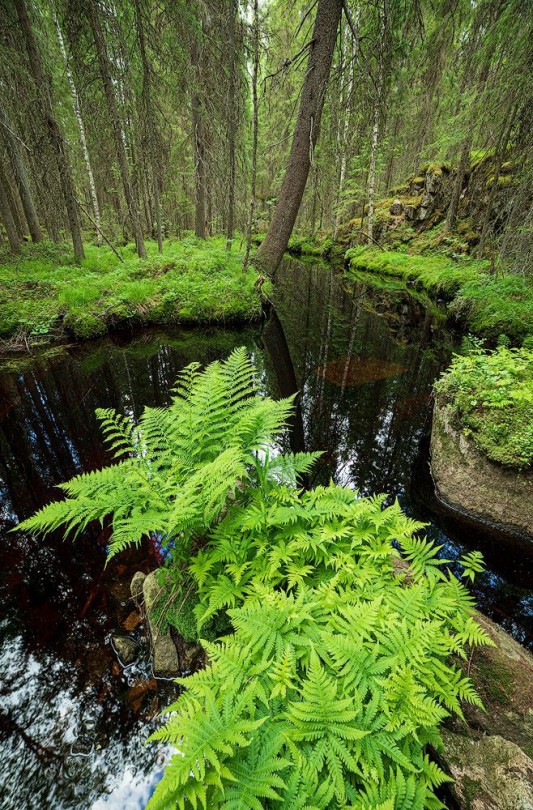
Fern in forest by Juhani Viitanem on Deviant art
It was a good time for gathering magic and medicinal plants. Fern seeds collected on the eve of the summer solstice could make one invisible, elderberries warded off evil spells, while stonecrop, verbena and yarrow were hung in special places around the house to protect against bad luck. eye and death.
Above all, it was the time for picking St. John's wort, with its golden star-shaped flowers, and which was the main one to be harvested on Midsummer's Eve. Called the "blessed plant" in Wales, it was renowned throughout Celtic lands for bringing peace and prosperity to the home, health to animals and a bountiful harvest.

St john's wort and how to make a St John's wort oil
St john's wort was thrown into the braziers lit during the solstice in Scotland and hung over the doors of houses and farm buildings for her powers of protection. Because these magic plants were then charged with the energy of the sun reached its maximum, then becoming a real blessing for the human kingdom.
Source : OBOD
22 notes
·
View notes
Photo
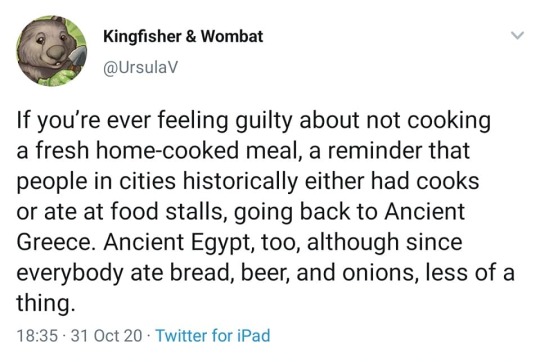
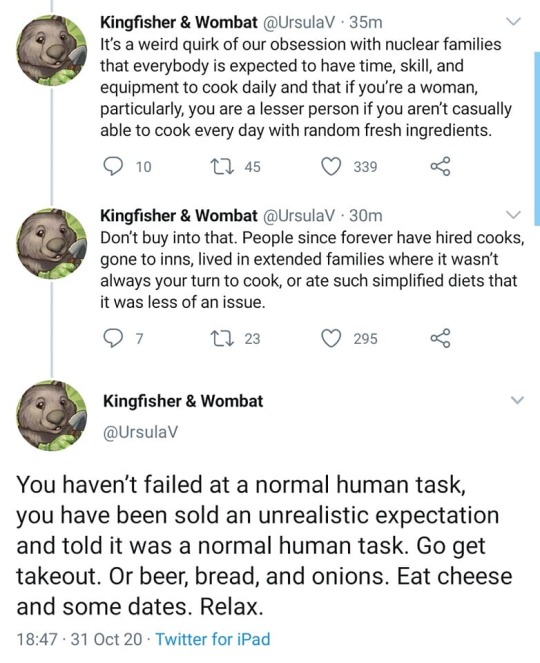
For those who have overactive guilt complexes like me…
167K notes
·
View notes
Text

"And then I saw all which came from afar, past the edges of Polaris, furthest of Sirius; beyond the brightest of star. burrowed at the hand of Anubis lies it's final call, the last message for humanity of what the ancients have saw. When the light of day meets a crimson dawn; above the clouds those most patient lay their hearts upon, the year of the Fawn, a nectar of innocence; the beginning again of existence—the offspring of Faun, and the call of the centuries through each and every Eon.
What is the one thing words have yet to speak on? What is left when the ego within ourself is gone? What occurs when the light above peaks through the valleys below of Aamon, where down is up; where illusion is depth, love is limerance, and the seasons bear no fruit; none devoid of time, nor temperance and the waters seep bile and we are left to roam our longest mile? Where within you can you find strength, to grow and shape through innocuous length? Where we may cast upon our soulular wraith? Where shall we go, to let blooming rains pour onto what needs to heal; to congeal faded overtones across rhythms to reveal? Bear no mind onto what may be deemed real and there you shall see the path alight upon the journey by what you can feel."
~Mise-n-abyme
|Artwork: 'Fountain Of Life' from the book: 'Cabala, Mirror of Art And Nature' — Stephan Michelspacher, 1667
96 notes
·
View notes
Text
tundras are soooo pretty aand beautiful to look at smears of best ever colors on flat and muted greens and yellows…. hard agree with los campesinos like yes take a body to tundra for real……
123K notes
·
View notes
Text
through the valley of death.

prompt; teeth, wrath, graveyard.
@horrornaturalevent

14 notes
·
View notes
Text





Don't you want to get angry?
(a personal project I worked on for some time, enjoy the brainworms)
694 notes
·
View notes
Text

im loving this article written by som mycologists who accidentally got high as fuck on fly agaric
107K notes
·
View notes
Photo
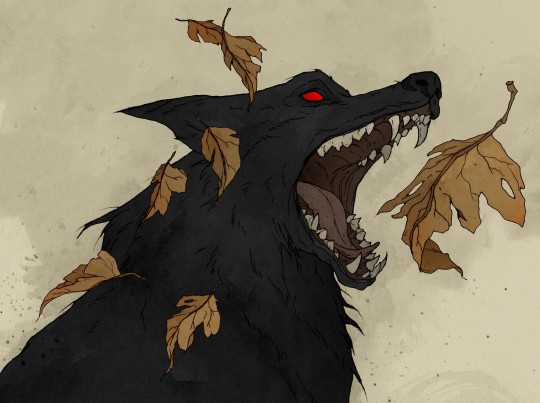

Today’s Drawlloween prompt is “black dog”, so here’s a happy demon pup playing in the leaves! 🖤🐺🍂
Prints: [Black Shuck I] [Black Shuck II]
56K notes
·
View notes
Text
“How can you not be angry?”
“I am angry,” the werewolf said. “But unlike you, I don’t have the luxury of showing it without being called a monster. Without someone taking it as a sign of proof that I need to be put down like a rabid dog, that I’m just like what the stories tell you.”
“But everyone gets angry…that’s human.”
“Up until the point when you’re not human.”
87K notes
·
View notes
Note
hi mr gaiman! as someone who’s enjoyed your works since they were fairly young, and is currently working towards being a so-called “writer” (whatever that possibly means), i often struggle with getting too attached to charatcer/stories i’m working on. unfortunately, this results in me being quite averse to criticism - even helpful ones. i was wondering if you had any tips to avoid this! thank you so much 🫡🫡
We're all like that...
I think @myjetpack explained it best:
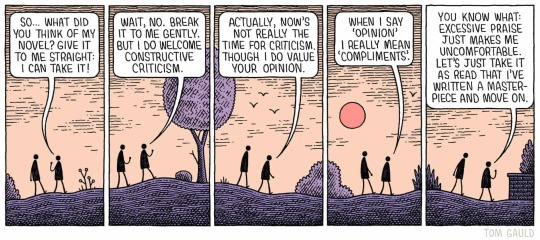
My biggest tip is try to find people to read and advise you who like the sort of thing that you do, and don't listen to people who, whatever they say, make you feel like not writing any more.
2K notes
·
View notes
